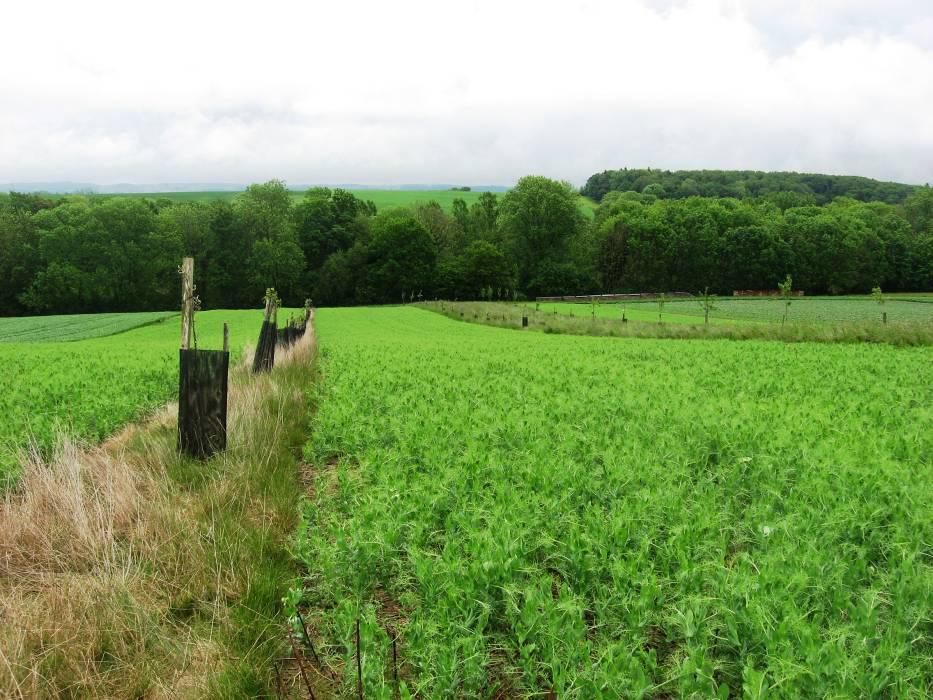
Integração de árvores e culturas arvenses na Suíça
Descrição do sistema
Muitos dos sistemas agroflorestais modernos da Suíça alemã têm-se focado na utilização de árvores de fruto. Na parte ocidental da Suíça, os campos são muitas vezes maiores e minimizar a erosão e a perda de nutrientes pode ser importante. Com base nos trabalhos na França, os agricultores da Suíça francesa também se têm concentrado na utilização de espécies de madeira de elevado valor. Um dos sistemas visitados inclui árvores em linhas, espaçadas a 29 m de distância, incluindo faixas de 2 m de largura de vegetação de sub-bosque.
Reunião de stakeholders inicial
Uma reunião inicial de stakeholders, com 22 participantes, foi realizada em 27 de maio de 2014. Focou-se no estabelecimento e manutenção de árvores de madeira valiosa em terras aráveis. Uma melhor coordenação da pesquisa e da extensão agroflorestal foi reconhecida como uma área-chave.
Se você gostaria de saber mais sobre a actividade deste grupo, entre em contato com Mareike Jäger (mareike.jaeger@agridea.ch) ou Felix Herzog (felix.herzog@agroscope.admin.ch)
Download the initial stakeholder report
An initial report was provided in November 2014.
Download the initial research and development protocol
A research and development protocol was produced in April 2015.
Download the system description
A progress report on the research including a system description was produced in March 2016.
Lessons learnt
In a report produced in September 2017, Mareike Jäger describes some soil carbon measurements within a seven year old silvoarable trial with apple trees near Lucerne in Switzerland. After seven years, the soil carbon levels within the uncultivated tree rows were greater than within the cultivated alleys. On the basis of some stated assumptions, the silvoarable system (22% of area allocated to trees) was estimated to result in an addition 0.51 tonnes of organic soil carbon per hectare per year in the top 25 cm of soil. Estimates were also made of the increase in soil nitrogen and there were qualitative indications of an increase in the proportion of water stable aggregates in the soil within the uncultivated tree rows compared to the cultivated alleys.